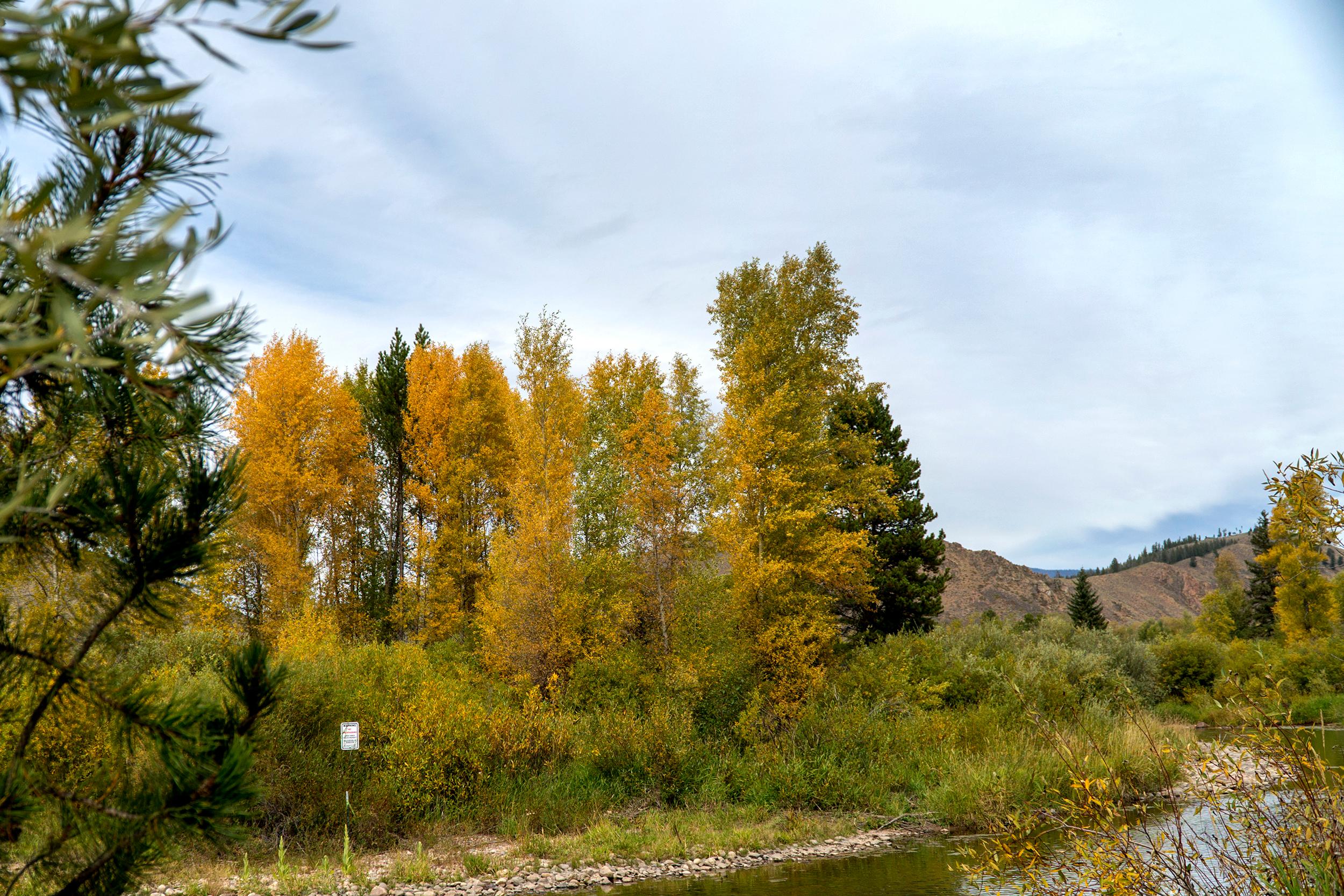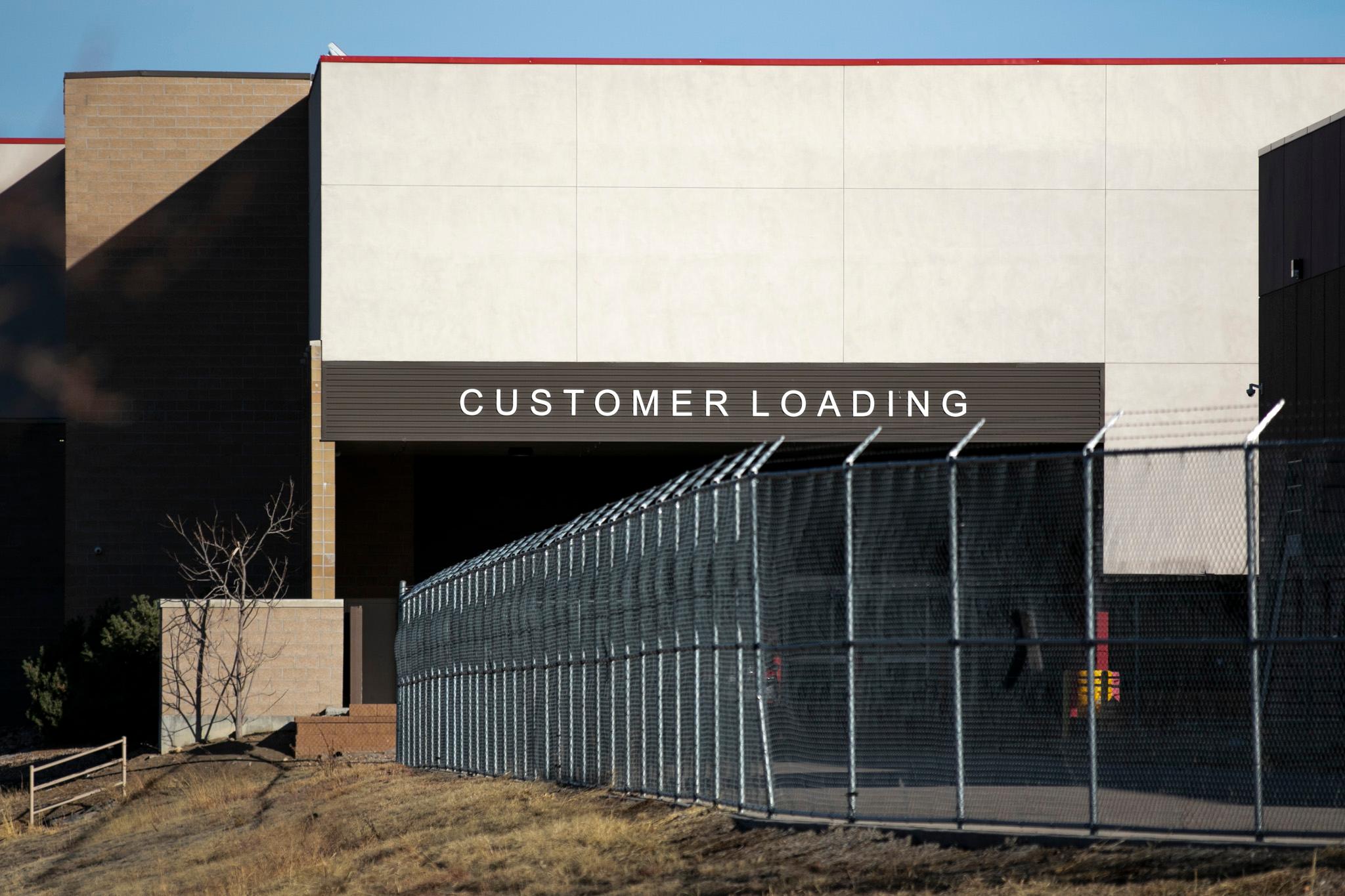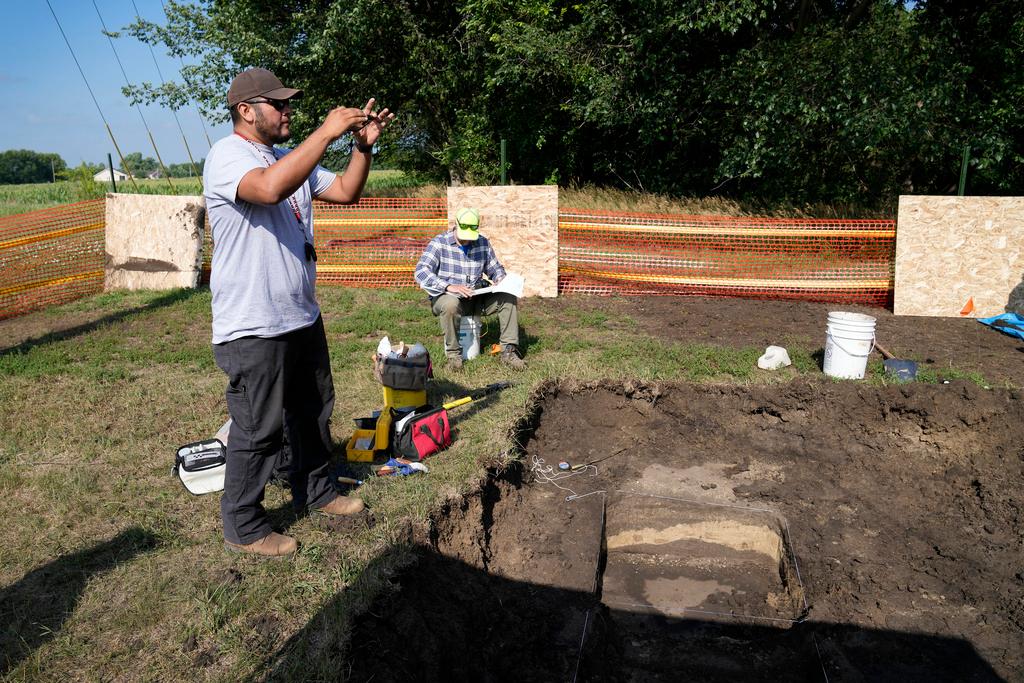
With the arrival of September, shorter days and slightly cooler weather, the leaf-peeping season is just around the corner.
Certain areas may not be as vibrant as a typical Colorado fall and some parts of the state will see leaves change a little earlier. For the most part, though, fall foliage will be quite average and people won’t be disappointed by the colors, said Dan West, a Colorado State Forest Service entomologist.
“I think that we're still going to get a great show,” he said.
When thinking about fall colors, West breaks the state down into thirds — northern, central and southern Colorado.
Peak leaf colors in the northern portion of the state will be between mid to late September. For the central part of Colorado, West predicts the peak in the third and fourth weeks of September. There is a chance it could move or extend into the first week of October, depending on the amount of precipitation and cold weather that area receives in the next few weeks. Southern Colorado is expected to change in the first two weeks of October.
Trees in southern Colorado are clearly stressed by the drought conditions that portion of the state has dealt with for a good chunk of the summer. In response, the trees will start to wall off their leaves slightly earlier and send water to their root system instead. When trees shut down earlier, they don’t have as much time to collect sugars in their leaves, which is what gives trees the brilliant red colors in fall.
“We start to see that browning the leaves and so from afar that kind of gives our eye the signal that, oh, man, they're not quite as vibrant this year as they might've been in other years,” West said. “Up close, you can kind of see that there's still plenty of yellows. They're just masked slightly.”
West said climate change has created a highly variable weather pattern where the trees deal with drought conditions one year and then have lots of water from intense snowpack the next. These aren’t great circumstances for trees to be in because it makes it hard for them to manage their resources, West said.
“It’s a really tough environment when we’re thinking about trees,” he said. “I only think that variability is going to become greater as we move through time.”
The takeaway: Fall colors in Southern Colorado will arrive a little earlier than normal and probably won’t be as colorful. The rest of the state will be on par for a regular year. But rain, cold weather and wind could easily make or break the season.
Wildfire closures may limit where people can view fall foliage. West said he normally recommends the Laramie River Drainage as a place to see fall colors in Northern Colorado but it’s not accessible because of the Cameron Peak fire. Instead, he suggests the Poudre Canyon and the area around Saint Vrain.
Other places around the state include Perry Park in Larkspur, the Durango Valley, Rocky Mountain National Park, and the drive from South Park to Gunnison.
“Each year it's kind of different from the last or the next,” West said. “Trying to figure that out with each precipitation event, whether the insects are gonna go or whether the fungi are going to go or whether neither are going to go and we're just gonna get a great, brilliant show, that's just what makes this so fun is that every year. It's something different.”









